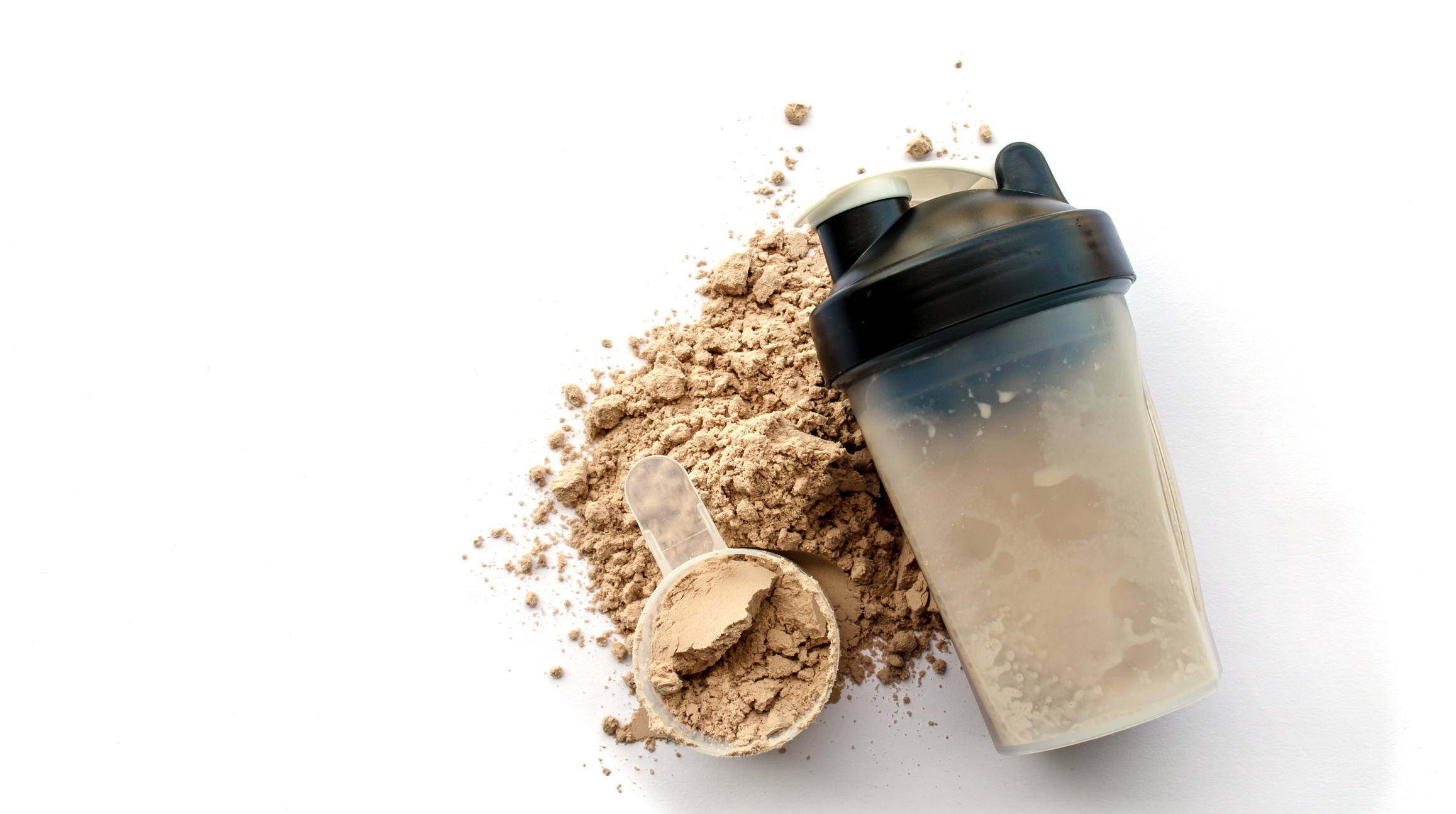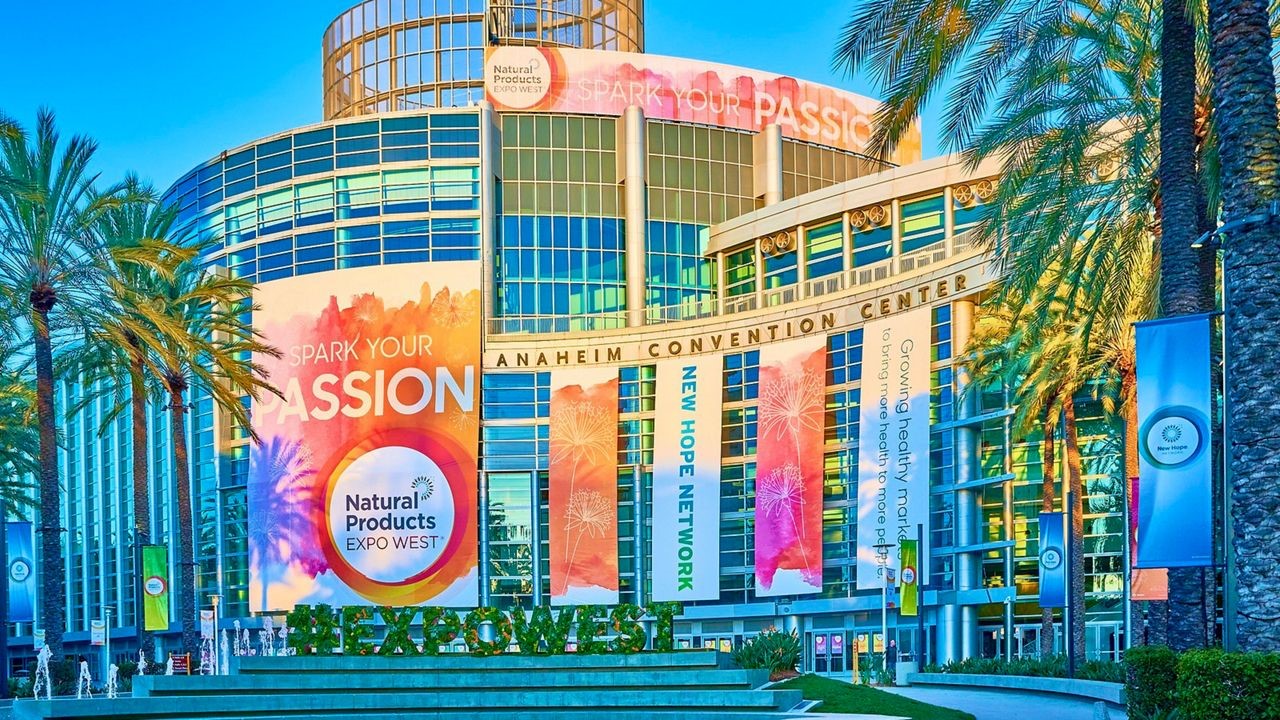2 Types of Flavors For Your Product
When formulating finished products, it is important to select the right flavor and the right flavor form. This decision should not be taken lightly as selecting the wrong form could create scale-up, delivery, or shelf-life challenges and even supports your brand’s tone, voice, feel, purpose, and overall direction.
When selecting types of flavors, it is important to select end-use applications. Our flavor application team is here to lend technical expertise as to what form might benefit your product.
If you are in the early stages of creating a flavored product, this article is to help you.
1 | Liquid Flavoring
When it comes to liquid beverages or bars, liquid flavoring is your friend.
Water-Soluble Flavors
Water-soluble flavors are ideal for most beverage applications. This may sound obvious, but it’s important to note that every product on the market is built for a specific purpose. Water-based products including Alcohol, RTD Protein drinks, isotonics, and carbonated beverages require water-soluble ingredients.
Oil-Soluble Flavors
Oil-soluble flavors are better suited for sauces, candies, ice cream, tinctures, and nut butters.
Liquid flavoring is fantastic if you seek a simple flavor manufacturing process that requires only a few steps and little equipment. But, this process has drawbacks—liquids are heavy, difficult to transport, and generally have a shorter shelf life than their powdered counterparts. If you’d like to learn more about dry vs. liquid flavor, here’s a resource to cover the basics.
2 | Powdered Flavors
Spray-Dried Flavor
Flavorists produce most powdered flavors by a process called spray drying.
In this process, an emulsion made up of liquid flavor, water, and a carrier is fed through an atomizer, which disperses the mixture via controlled droplets, which are then heated/dried by hot gas. As the mixture cools, the desired flavors are locked into their final powdered form.
There are fantastic benefits of spray-dried or encapsulated flavors—they hold flavor impeccably, have a long shelf life, and are wildly scalable.
The only drawback of spray-dried flavors is that they have long lead times. Fortunately, at Flavor Insights, we can optimize this process with an in-house drier, allowing us to customize your unique flavor made for your product.
Plated Flavor
Another powder flavor technology is plated flavors. Contrary to a spray dry flavor, where it is encapsulated and protected from the environment, plated flavors express their characteristic in dry form. In this form, the flavor is on the outside surface of the particle instead of encapsulated.
The primary benefit of plated flavor lies in cost-effectiveness and smaller minimum order; this is the least expensive method of flavor manufacturing. However, the consumer gets a better first impression based on the olfactory sensation of opening the box and smelling the flavor right away.
The best trick our application team likes to use is a combination of both plated and spray dry flavors. This combo gives the immediate sense of great olfactory smell while still delivering the great taste of encapsulation as the formulation meets water.
Which Is Right for You?
Determining the flavor form ultimately depends on the goals, objectives, and limitations of the product you’re creating. Our team of experienced application scientists are here to help you navigate the decision-making process based on what is right for you, your brand, and your product.
Our top-tier flavorists here at Flavor Insights work at the intersection of art and science. Whichever type of flavor you choose for your project, our team of talented flavorists are here to support you every step of the way.
Flavor Insights believes this information to be correct. No warranty, guarantee, or representation is given or made in respect to the information provided. Flavor Insights is not in a position to validate the actual production or labeling of products. Flavor Insights recommends that all finished product labeling be reviewed by legal counsel, and finished product and label claim testing be confirmed to ensure product label accuracy.



